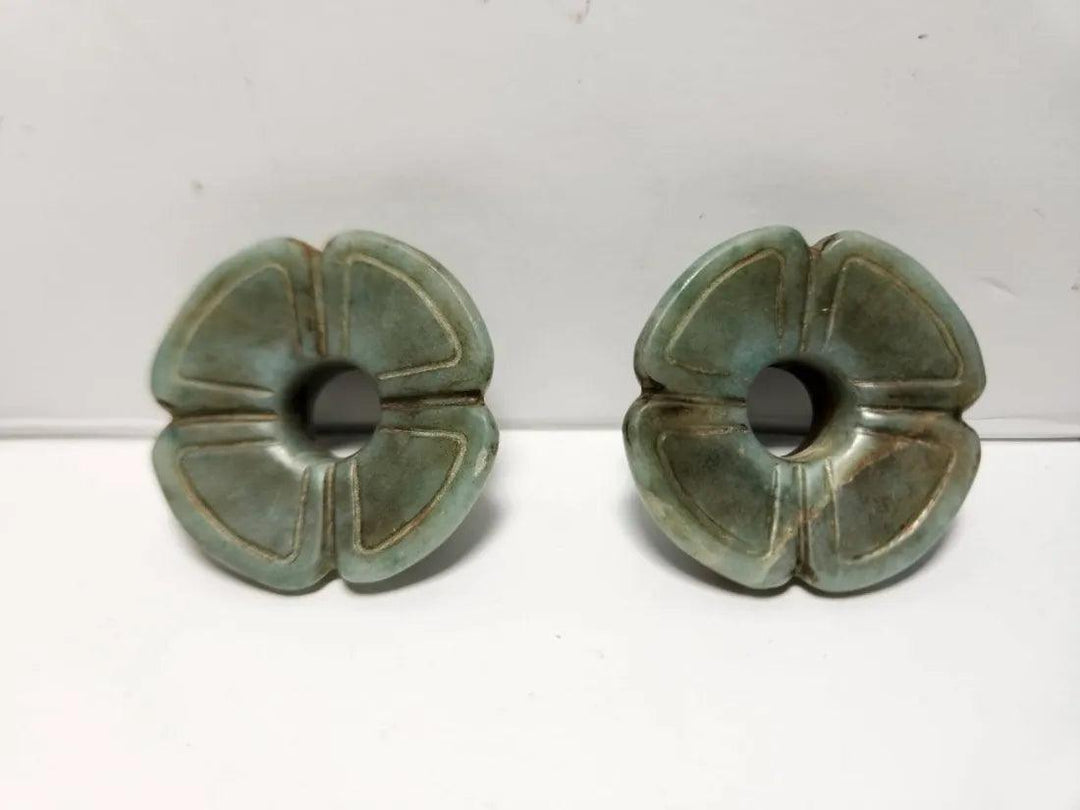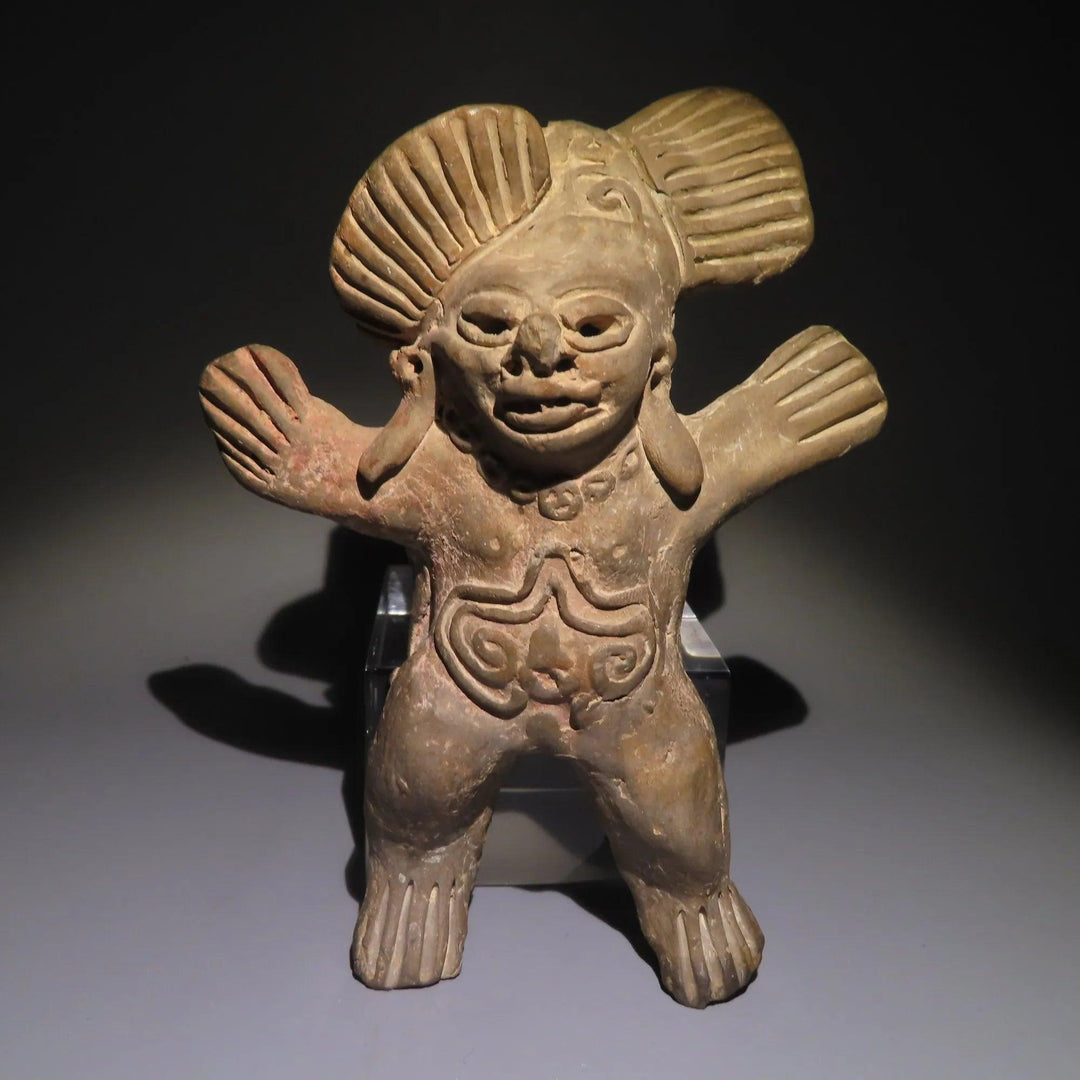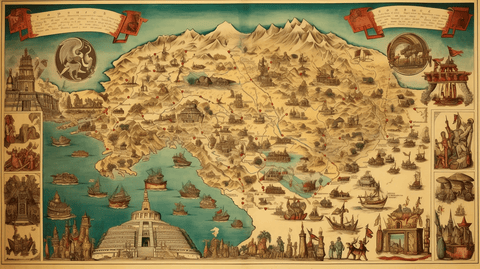
Teotihuacan: Artifacts from the City of the Gods (1CE - 750CE)
Dive into the enigmatic world of Teotihuacan with our collection of authentic artifacts. Discover the legacy of a city that once stood as the epicenter of Mesoamerican culture, renowned for its grand pyramids, vibrant murals, and advanced urban planning.
Teotihuacan - often referred to as the 'City of the Gods', was a pre-Columbian city located in the Basin of Mexico. Flourishing from around the 1st to the 7th century AD, Teotihuacan was one of the largest cities in the ancient world, leaving behind mysteries that continue to captivate scholars and enthusiasts alike.
Key Highlights:
- Architectural Wonders: Teotihuacan is home to the monumental Pyramid of the Sun, Pyramid of the Moon, and the Temple of the Feathered Serpent.
- Vibrant Murals: The city's walls and compounds were adorned with colorful murals depicting religious rituals, daily life, and the natural world.
- Advanced Urban Planning: Teotihuacan's city layout, with its central Avenue of the Dead, reflects complex urban planning and a deep understanding of astronomical alignments.
- Diverse Population: The city was a melting pot of different Mesoamerican cultures, as evidenced by distinct architectural styles and artifacts.
Regions: Teotihuacan's influence extended beyond its city limits:
- Central Mexico: As the dominant power in the region, Teotihuacan had interactions with neighboring city-states and cultures.
- Maya Region: Teotihuacan's presence is evident in places like Tikal and Kaminaljuyú, indicating trade and possible political alliances.
- Oaxaca: Interaction with the Zapotec civilization, as seen in the similarities in art and architecture.
Valued Materials: Teotihuacan, with its vast resources and trade connections, cherished various materials:
- Obsidian: Highly valued for crafting tools, weapons, and ritual objects, with Teotihuacan being a major production center.
- Ceramics: Used for pottery, figurines, and ritual items, often adorned with intricate designs and motifs.
- Mica: Employed in murals and as a decorative element, possibly for its reflective properties.
- Shells and Feathers: Utilized for decoration, ceremonial wear, and trade, sourced from distant regions.
Relevant Time Periods: The history of Teotihuacan can be divided based on significant phases and developments:
- Formative Period (c. 1–150 AD): The early development and establishment of Teotihuacan as a regional power.
- Classic Period (c. 150–550 AD): The zenith of Teotihuacan's influence, marked by monumental construction, cultural flourishing, and widespread trade.
- Decline and Fall (c. 550–750 AD): Characterized by internal strife, external pressures, and the eventual abandonment of the city.
Step into our curated collection of Teotihuacan artifacts, each echoing tales of priests, warriors, and artisans from the City of the Gods. From obsidian blades and ceremonial masks to fragments of vibrant murals, immerse yourself in the rich heritage of a civilization that once stood as a beacon of Mesoamerican culture.






